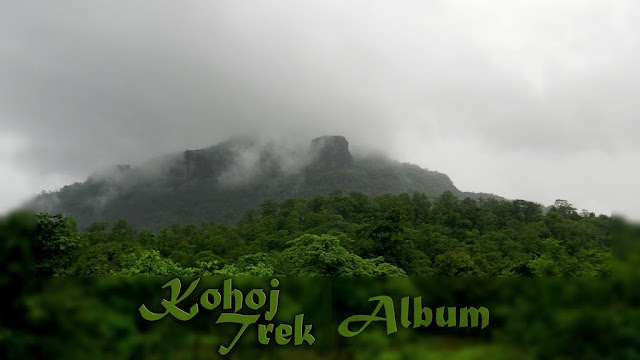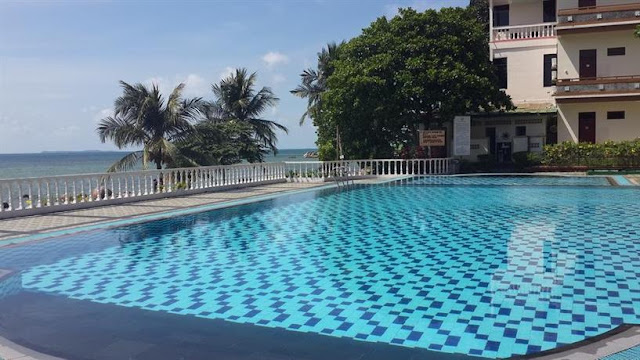Kohoj Fort Architecture

Kohoj Fort is in a dilapidated state and has remained abandoned for centuries. Kohoj has a moderately difficult gradient and it takes about two and a half hours to reach the main plateau from Vaghote village which is situated at the base of the fort. Access to Kohoj Fort is via the main trek trail at which breaks from the Kohoj Fort road near the Saltwater lake on the Wada-Manor road. On reaching the plateau of the fort, a temple of Lord Shankar can be seen, which has now been rehabilitated. Two cisterns can be seen in front of the temple. One of the routes descends from the left side of the temple, where seven adjoined cisterns are located. One of the cisterns bears clean water. The other two cisterns have been spoiled, the remaining four being clogged. Few remnants in dilapidated state can be seen to the right of the temple. Fortification is also seen at some of the places on the fort. The other way stretches from the right side of the temple up the hill. Three la






